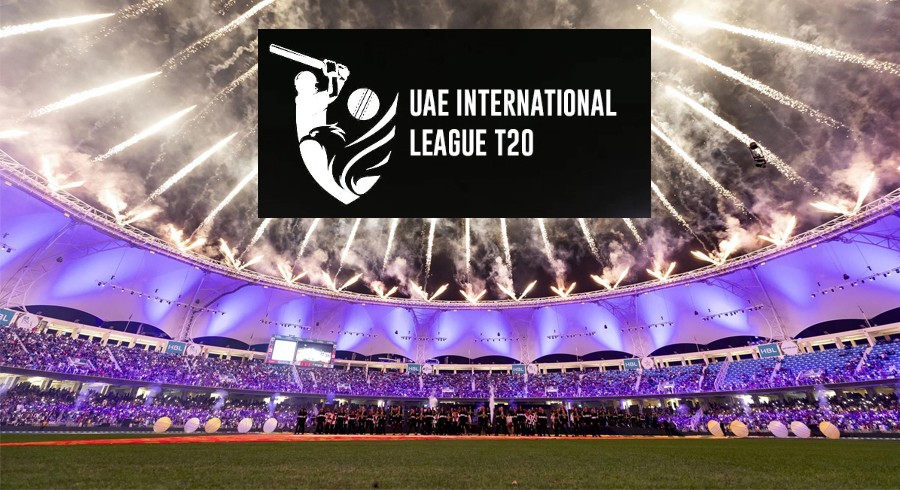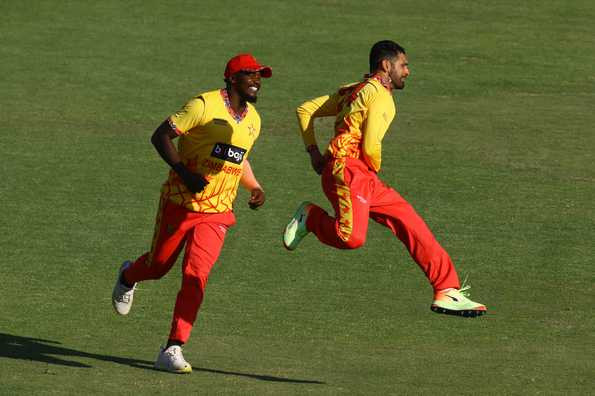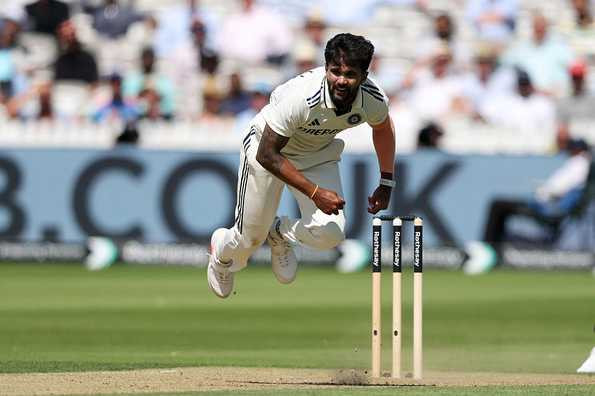
In the shade of towering Dubai skyscrapers and across the undulating dunes of the Arabian Peninsula, a surprisingly vibrant cricket ecosystem has taken root and flourished with remarkable vigor. The UAE International League T20, launched amid considerable skepticism in 2022, has defied numerous critics to establish itself as one of cricket’s most compelling new properties in an astonishingly brief timeframe. This tournament—conceived with ambition but executed with meticulous precision—has transformed the Emirates from cricket’s reliable neutral venue into a genuine power center for the sport’s most dynamic format.
“What we’re witnessing in the UAE isn’t merely another T20 tournament appearing on an already crowded calendar,” notes cricket writer Sharda Ugra, who has covered the sport across continents for decades. “This represents something far more significant—a fundamental reimagining of cricket’s geographical power centers and a bold statement about where the sport’s economic future truly lies.”
The ILT20’s emergence feels particularly significant against the backdrop of cricket’s ongoing evolution. The tournament has skillfully positioned itself during the northern hemisphere’s winter, creating a lucrative playing opportunity when many international cricketers might otherwise be idle. By establishing this January-February window, the tournament has carved out territory that perfectly complements rather than competes with the sport’s most established leagues.
| UAE International League T20 Key Information | |
|---|---|
| Established | 2022 |
| Governing Body | Emirates Cricket Board (ECB) |
| Official Name | DP World International League T20 (sponsorship) |
| Number of Teams | 6 |
| Teams | Abu Dhabi Knight Riders, Dubai Capitals, Desert Vipers, Gulf Giants, MI Emirates, Sharjah Warriors |
| Format | Double round-robin followed by playoffs |
| Tournament Duration | Approximately 4 weeks (January-February) |
| Venues | Dubai International Stadium, Sharjah Cricket Stadium, Zayed Cricket Stadium (Abu Dhabi) |
| Champions | Gulf Giants (2023), MI Emirates (2024), Dubai Capitals (2025) |
| Official Website | UAE ILT20 |
The financial architecture supporting the league is exceptionally robust, drawing from some of cricket’s wealthiest stakeholders. With franchise owners including Reliance Industries (MI Emirates), Knight Riders Group (Abu Dhabi Knight Riders), and Adani Sportsline (Gulf Giants), the tournament launched with an unshakeable financial foundation that many longer-established leagues might envy. These commercial behemoths have invested heavily in acquiring premium international talent, offering compensation packages that reportedly exceed $450,000 for top players—remarkably generous for a tournament spanning barely four weeks.
What makes the ILT20 particularly innovative is its distinctive approach to squad composition. Unlike competitions that severely restrict international participation, the UAE league permits up to nine overseas players in an eleven-member starting lineup. This regulation has facilitated the assembly of teams that occasionally resemble all-star collections rather than traditional franchise squads. Yet balanced against this internationalism is a thoughtful development structure requiring each franchise to include at least two UAE nationals and two players from Associate cricket nations in their rosters.
“The exposure our players receive by sharing dressing rooms with multiple World Cup winners is simply incalculable,” explains Emirates Cricket Board member Zayed Abbas. “We’re witnessing an unprecedented transfer of knowledge that would normally take decades to achieve through conventional development pathways.” This sentiment has been borne out by the tournament’s early seasons, where several UAE players have delivered standout performances against world-class opposition—most notably Muhammad Waseem, whose explosive batting earned him contracts in multiple global leagues following his ILT20 breakout.
The tournament’s infrastructure advantages cannot be overstated. The three primary venues—Dubai International Stadium, with its distinctive ring of fire lighting; historic Sharjah Cricket Stadium, which holds the record for hosting more international matches than any ground worldwide; and the architecturally striking Zayed Cricket Stadium in Abu Dhabi—provide world-class facilities that many established cricket nations would struggle to match. These stadiums, having hosted numerous ICC events and two IPL seasons during the pandemic, offer proven operational excellence that eliminates many logistical challenges that typically plague new tournaments.
Weather conditions during the January-February window are remarkably consistent, with comfortably warm days, minimal rainfall risk, and pleasant evenings—creating ideal playing and viewing conditions that contrast sharply with the extreme summer heat that would render cricket nearly unplayable. This climate reliability, combined with the UAE’s exceptional transportation infrastructure and hospitality industry, creates a compelling package for players, officials, broadcasters and traveling fans.
“There’s something uniquely satisfying about experiencing cricket here,” explains England international Sam Billings, who has participated in multiple ILT20 seasons. “You’re virtually guaranteed perfect playing conditions, world-class facilities, and extremely competitive cricket—all while based in cities with incredible restaurants, beaches, and entertainment options. It’s difficult to match as a professional experience.”
The tournament’s economic model demonstrates surprising sophistication for such a young enterprise. By establishing a relatively modest six-team structure rather than overreaching with more franchises, organizers have maintained competitive balance while ensuring each team receives adequate spotlight. The connection to established cricket brands—particularly the three franchises with direct IPL linkages—has accelerated the development of fan identification and created operational efficiencies that would typically require years to establish.
Broadcasting partnerships have been particularly forward-thinking, with comprehensive coverage spanning traditional television and innovative digital platforms. The production values rival anything seen in cricket broadcasting, with extensive use of drone footage, player-tracking analytics, and augmented reality graphics creating a premium viewing experience. Commentary teams blend recognized international voices with emerging UAE broadcasting talent, providing both credibility and authentic local perspective.
The cultural significance of the ILT20 extends well beyond sport. In a country where approximately 85% of residents are expatriates—many from cricket-passionate nations like India, Pakistan, Bangladesh, and Sri Lanka—the tournament serves as a powerful community unifier. Matches frequently resemble colorful cultural festivals, with stands divided into vibrant sections representing various national allegiances, creating atmospheres that feel significantly more organic than might be expected for a recently established competition.
Looking toward future seasons, the ILT20 faces both significant opportunities and potential challenges. The proliferation of franchise tournaments worldwide creates inevitable competition for player talent and broadcast attention. However, the league’s financial resources, strategic calendar positioning, and strong connections to cricket’s commercial epicenter provide substantial competitive advantages. The tournament’s demonstrated commitment to developing local talent while delivering world-class entertainment positions it exceptionally well for sustainable growth.
“What’s happening in UAE cricket represents a fascinating case study in sports development,” observes sports economist Simon Chadwick. “Rather than following the traditional model of building domestic strength before pursuing international relevance, they’ve effectively worked backward—creating an elite international product that can simultaneously elevate domestic players through exposure to excellence. The long-term effectiveness of this approach will be fascinating to monitor.”
As cricket continues its global expansion and evolution, the UAE International League T20 stands as compelling evidence that with strategic vision, substantial investment, and thoughtful execution, new cricket powers can emerge in previously unexpected territories. The desert kingdom has delivered much more than just another T20 league—it has fundamentally enhanced cricket’s global footprint and created a compelling new chapter in the sport’s increasingly complex international narrative.



